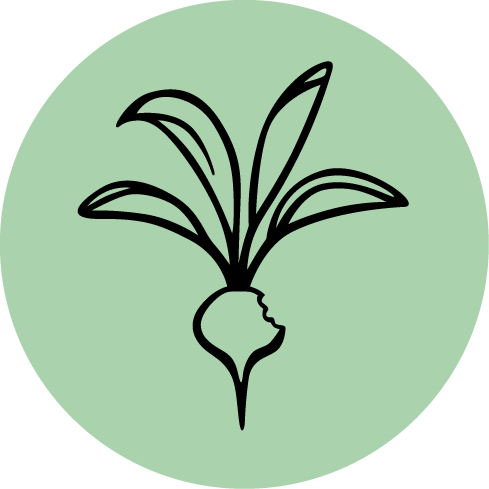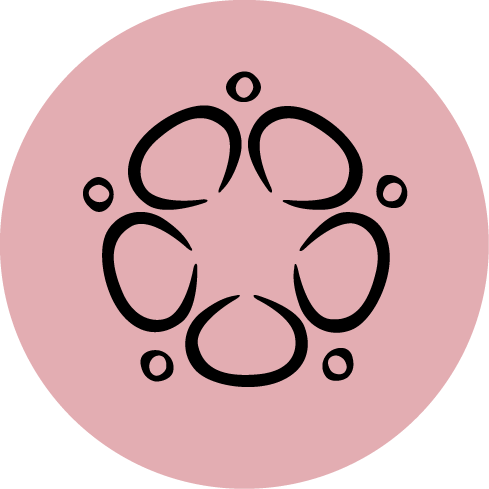Holmgren's twelve Principles of Permaculture
David Holmgren summarizes the permaculture way of thinking in twelve principles. Accordingly, the following principles apply to the creation of a permaculture system:
1. Observe and Interact
Cooperate with nature - through careful observation of natural processes and thoughtful interaction with the elements of the newly created system.

2. Catch and Store Energy
Through the rediscovery and sensible use of energy sources that have been a (survival) important natural wealth for all cultures, e.g. water, soil humus, seeds and trees. Local and regional independence is desirable.

3. Obtain a Yield
Harvesting allowed! Creating and sustaining high-yield systems will inspire imitators. Successful permaculture systems will spread (private and community self-sufficiency).

4. Apply Self-regulation and Accept Feedback
As little work as possible! In permaculture systems many things are self-regulating - these processes (productive feedback loops) need to be recognized and used. The less one has to intervene in systems, the lower is the probability to disturb and to cause a lot of work by consequential damages.

5. Use and Value Renewable Resources
Infinite energy! Through the careful but productive use of renewable resources (sun, wind, water, biomass). At the same time, reduce the use of non-renewable resources.

6. Produce No Waste
No waste! Waste is avoided as much as possible, materials are reused as often as possible: refuse, reduce, reuse, repair, recycle.

7. Design from Patterns to Details
Learn from nature! Successful design first requires an understanding of the overarching patterns in nature. The planned details of a permaculture project take these patterns into account and follow them (top-down thinking, bottom-up action).

8. Integrate Rather than Segregate
Together rather than alone! Many different elements working together are more useful than a few in competition.

9. Use Small and Slow Solutions
Take it easy. Small and slow solution strategies make systems more manageable for people and more productive in the long run than large ones that require a lot of energy and time.

10. Use and Value Diversity
Use and value diversity! Many different crops increase resilience and in turn enable long-term self-organization.

11. Use Edges and Value the Marginal
Go to the edge! Different conditions meet at transition and marginal zones. This makes them particularly diverse and therefore productive and valuable.

12. Creatively Use and Respond to Change
Lemons? Lemonade! Nature is constantly changing. If we anticipate change, we can make it work for us: Each season creates the right conditions for very different plants; climatic changes make it possible to grow new crops.

Sources: